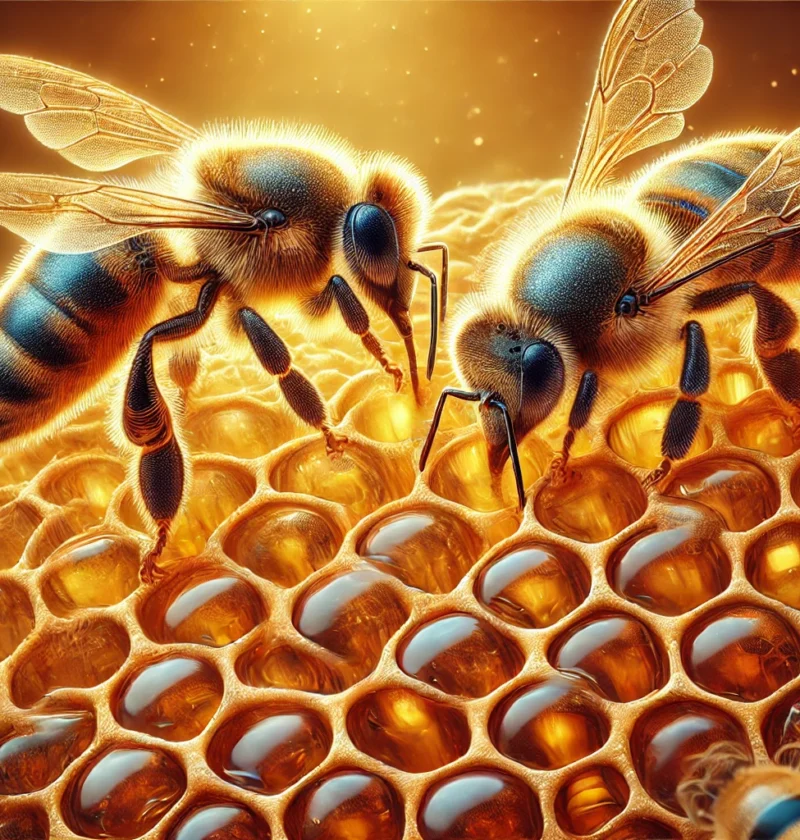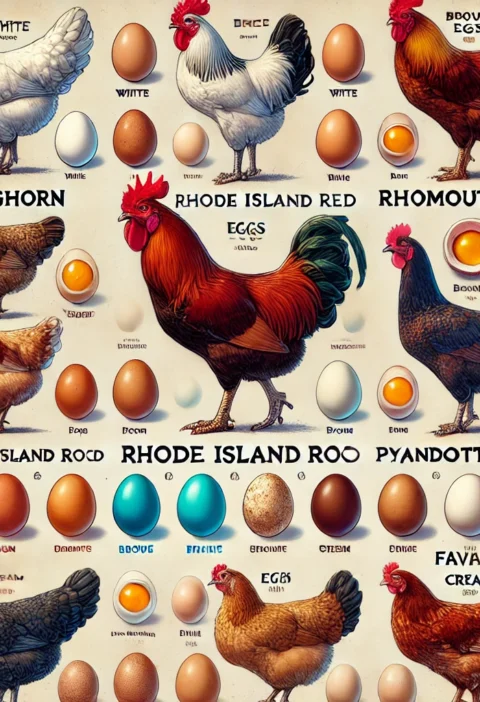Saving Starving Bees: A Simple Guide to Helping Our Pollinators 🐝
The June Gap and How You Can Make a Difference
—
Introduction: The Silent Struggle of Bees
Imagine walking outside and spotting a bee lying motionless on the ground. Your first thought might be that it’s injured or dying, but in most cases, it’s simply starving.
Bees play a crucial role in pollination, ensuring the survival of plants and crops that sustain our food supply. However, due to seasonal gaps in nectar availability, such as the infamous June Gap, many bees struggle to find the nourishment they need.
In this article, we’ll explore why bees starve, how you can provide emergency aid, and why sugar syrup is a temporary but lifesaving solution.
—
What is the June Gap? 🌸➡️🍂
Understanding Seasonal Nectar Shortages
The June Gap refers to a period when spring flowers stop blooming before summer and autumn plants begin producing pollen and nectar. This results in a food shortage for bees, leaving them weak and at risk of starvation.
Why is This Dangerous?
Reduced Pollination: Fewer active bees mean fewer plants get pollinated.
Colony Decline: Starvation weakens bee colonies, making them susceptible to disease.
Lower Crop Yields: Many fruits, vegetables, and nuts rely on bee pollination.
—
How to Help a Starving Bee: First Aid for Pollinators 🆘🐝
Step-by-Step Guide to Saving a Weak Bee
💡 If you find a bee struggling to fly, follow these steps:
1️⃣ Identify the Situation
If the bee is on a flower, leave it alone – it’s foraging.
If the bee is on the ground, moving sluggishly, it likely needs energy.
2️⃣ Prepare a Sugar Solution (NOT Honey!)
Mix 2 parts white sugar with 1 part water.
Stir until completely dissolved.
DO NOT use honey – it can spread diseases between bees.
3️⃣ Offer the Syrup
Place a teaspoon of the sugar water near the bee.
Watch for its tiny black tongue as it drinks.
4️⃣ Wait and Observe
It takes around 10 minutes for the bee to regain energy.
Once revived, it should fly away on its own!
—
Why You Should Never Feed Bees Honey ❌🍯
Many people assume that since bees produce honey, it must be safe to feed them. However, this is dangerous and harmful.
The Risks of Feeding Honey to Bees
🚫 Disease Transmission: Honey can carry bacteria and viruses that spread between colonies.
🚫 Contamination: Some honey is processed and contains additives that harm bees.
🚫 Wrong Nutritional Balance: White sugar provides pure energy, while honey has complex compounds that aren’t always beneficial in an emergency.
✔️ Stick to white sugar + water as a first-aid measure only!
—
Why Bees Need a Diverse Diet 🌿🌸
While sugar syrup can revive a weak bee, it is not a long-term food source. Bees thrive on nectar and pollen, which provide essential nutrients.
Ways to Support Bees Naturally
🌼 Plant More Flowers
Grow bee-friendly plants such as lavender, sunflowers, and wildflowers.
🚰 Provide a Bee Watering Station
Place shallow dishes with pebbles filled with water so bees can safely drink.
🚫 Avoid Pesticides
Use organic gardening methods to protect pollinators from harmful chemicals.
—
The Impact of Helping One Bee 🐝❤️
💡 Did you know? Saving just one bee can contribute to pollination for hundreds of flowers in a single day.
When you help a struggling bee, you’re:
✅ Supporting biodiversity
✅ Enhancing crop production
✅ Protecting the planet’s delicate ecosystem
🌍 Small actions lead to big changes!
—
Final Thoughts: Be the Change for Bees 🐝
If you see a struggling bee, take a moment to help. A teaspoon of sugar water could be the difference between life and death.
🔄 Share this message to spread awareness! The more people know about bee first aid, the more pollinators we can save.
🐝 They can’t thank you, so we will!
—






